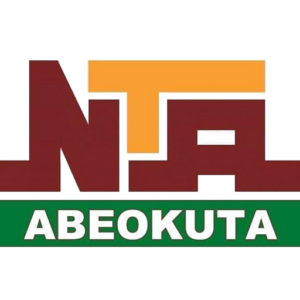Digital currencies are increasing around the world, and with their spread in various financial fields, some people began to ask about the possibility of their use in the education sector, especially to pay academic expenses. Can these currencies turn into an official way to pay in schools and universities?
The development of the use of digital currencies in education
Some universities and educational institutions have already started experimenting with digital currencies, whether to pay academic expenses or additional fees such as books and student activities.
This initiative aims to facilitate international transactions for foreign students, as money can be transferred quickly and without the need to pass through traditional banks and high fees.
Possible advantages
The most important advantages of using digital currencies in education are speedy and easy to transfer across borders, as well as providing relative protection against inflation in some local currencies.
It may also encourage the adoption of modern technology among students, and enhance their awareness of the digital economy and its tools, which may be part of modern educational curricula.
Challenges and obstacles
Despite the advantages, there are great challenges facing the use of digital currencies to pay the academic expenses, the first of which is the fluctuation of digital currencies that may raise or reduce the value of expenses suddenly, which creates difficulties for educational institutions in financial planning.
The lack of legal organization and the lack of clarity of tax policies is an obstacle to the adoption of this method widely.
In addition, students and parents need a certain level of technical knowledge to complete the payments safely.

The role of universities and educational institutions
To achieve actual dependence on digital currencies in education, universities must set clear policies that define how to accept these currencies, and provide safe and trained payment gates at stable exchange rates.
Institutions can also cooperate with specialized companies to manage transfer operations and reduce risks associated with price volatility or digital fraud.
The potential future
Digital currencies are likely to turn an additional option to pay the academic expenses, not a complete alternative to traditional criticism in the near future.
Great universities may witness initial experiences, especially in universities that receive large numbers of international students before the idea spreads on a wider scale.
Digital currencies may become part of the education payment system, but they face great challenges related to financial stability, legal regulation and technical knowledge.
The future seems promising to experience this method, but its entire adoption will take time and plans to ensure safety and effectiveness.





